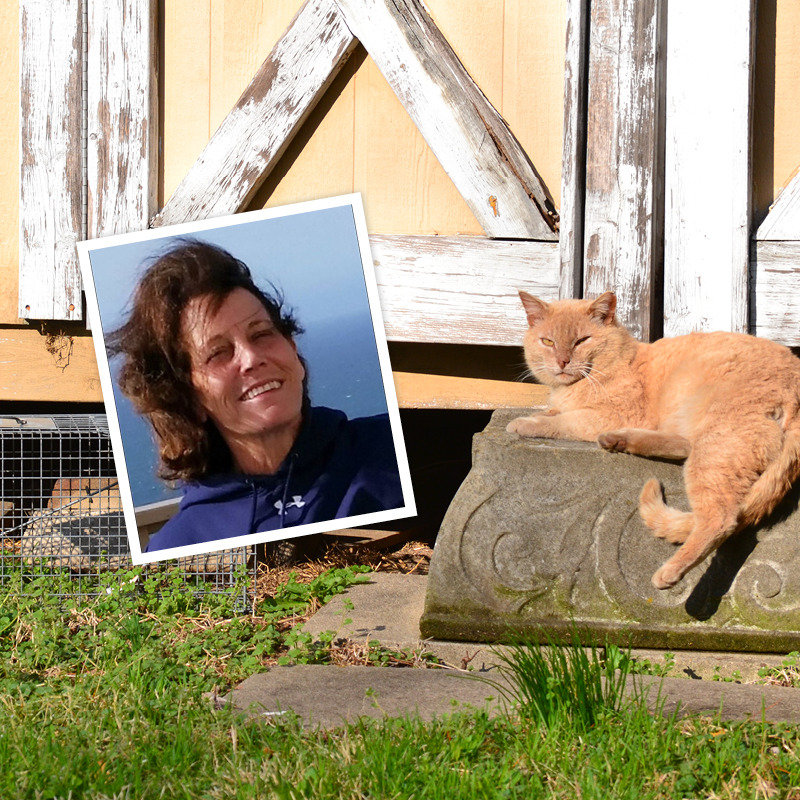
Unfortunately kitten season either is upon us or will soon be here. I thought I would pass along some tips you can use for Preparing for Kitten Season and Trapping. I want you to have a successful year!
For the Foster Home Coordinator
1. Check-In
If you are a foster home coordinator check in with your foster homes to see who is available to help this year. Also confirm what kinds of kittens they can take. Ask them if they have any feedback from previous foster experiences and if there is anything that you need to know going into this season. Information about items like summer vacations are really helpful to have in advance.
2. Supplies
Arranging for a kitten shower in the spring is a great way to collect donated items to support your foster care program. You can post your wish list on Facebook and connect it to Amazon. Who can say no to kittens? You can do a press release and even have an open house at a foster home, shelter or off site adoption venue where people can bring their donations.
3. Medical Supplies
You will also need to do an inventory of your medical supplies. You will need flea treatment, tick treatments, vaccines, KMR, Bottles, Nipples, surgical gloves, dewormer, blood drawing supplies (if you do your own blood draws for a Felv test).
4. Make sure you are ready
Do you have everything you need in order to run a successful program. If you need supplies, mentoring, support this is time to get your team in place and ready to make this the best summer for your foster care program.

For the Foster Home
1. Clean
If you didn’t deep clean your foster room at the end of last season, it is never too late. Give your foster home the deep clean it needs and on nice days- open up those windows and air out the space. Make sure you move cages and get behind, underneath and all around them. It is best to move the cages outside for good cleaning. If you are using metal cages make sure to dry them quickly so they don’t rust.
Also, if you use bleach make sure you rinse the cages well as the bleach will make the cage rust too. Treat playpens with care as the wheels can fall off and the shape of the cage can easily bend. Make sure to remove the top part of the cage off the base so you can do an affective cleaning job. While your cages are drying, clean the floors and walls of your foster home. Ideally you should have as little carpeting (or ideally none) as possible in the room. Check your room with a black light to ensure you are getting all of the urine stains out of the room. If you have anything with a carpet (like cat trees), you can use cat brushes/combs and tape to remove as much hair as possible.
Refresh the room with new items like card board boxes and the card board scratchers for new cats. Replace anything that would carry the scent of other kittens or cats. If you have had any disease in the room within the last year (ringworm, distemper, etc), please take the time to do multiple cleanings and wait until your shelter program says it is okay to bring fosters into the room.
2. Supplies
Work with your shelter to make sure you have the right supplies at the ready for when your new fosters arrive. Having meat baby food (with no onion or garlic), wet and dry kitten food, KMR (milk replacers), bottles, nipples, and access to flea treatments and dewormer. Having a baby scale on sight is really helpful to track weight gain. If you are fostering adult/older kittens, then you may need some special diet foods, fluids, good quality wet food. If it is a really old cat, then you want to make sure the kitty has access to beds without the need for high jumping. Also, think about having some ramps or stairs to higher levels.
3. Semi feral kittens
If you plan on having semi feral kittens. Bathrooms tend to be the best places to social them there. The rooms are small, but not too small. If you use an extra room, don’t allow them to be free if you have furniture like beds where the kittens can go under and hid. In any room with feral kittens make sure you have really checked it for any access issues. I have had kittens lift up heating grates, get into walls and ceilings from some very tricky places. You would never they could get into such small spaces, but they can.
4. Reach Out
Reach out and buddy up with another foster. Being a foster Dad can be hard work and very emotional, but if you partner up with another foster home you can help support and share resources together in order to help the kitties in your care.
Some great foster home resources:
- Hannah Shaw, The Kitten Lady. You HAVE to check out her episode on Community Cats Podcast!
- National Kitten Coalition. We have several of them on the Community Cats Podcast, too!
- For medical issues I always turn to UC Davis Shelter Med program (link) and search there. It’s a great resource and is great to have that in your favorites on your computer.
Good luck this summer and feel free to share your successes and challenges on our Facebook Page!
Don’t forget we are still looking for Community Cats Podcast Ambassadors! If you are interested in getting some promotional materials to help promote the show in your state please email me at stacy@communitycatspodcast.com!






